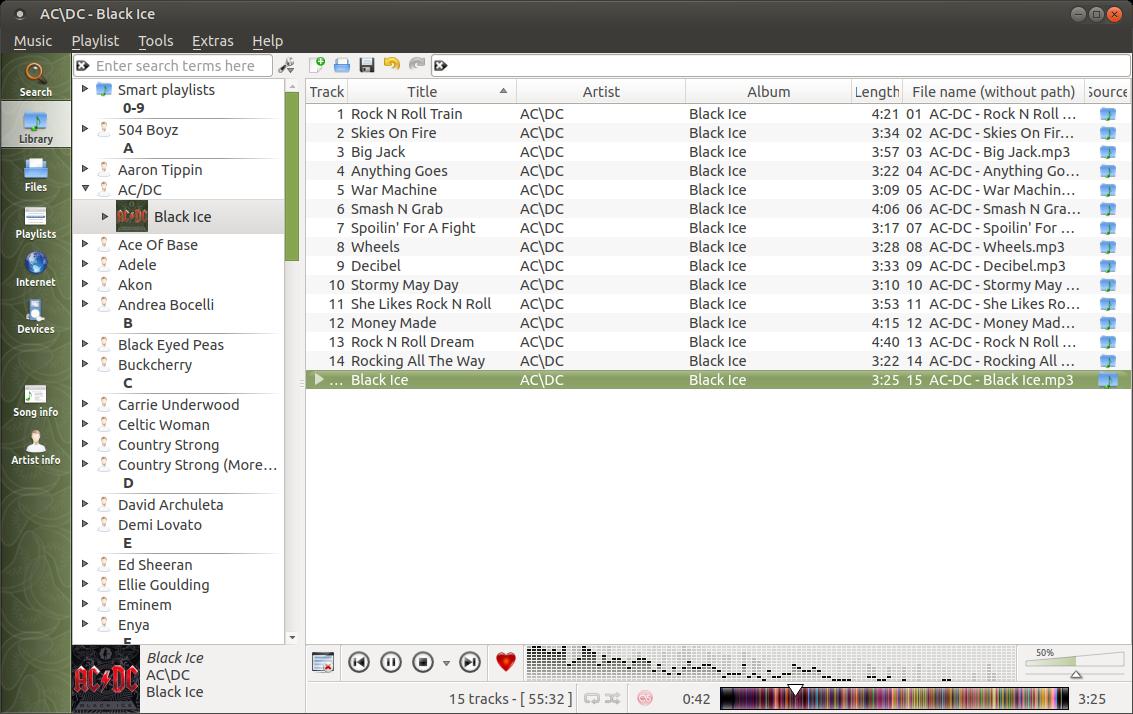


MD5 (test2.mp4) = 854e2beca4b3e516dd4cf147ca0521eeĪnother tip: if youtube-dl works but you want to control how ffmpeg downloads a stream without having to manually snoop for the. $ ffmpeg -i -bsf:a aac_adtstoasc -vcodec copy -c copy -crf 50 test2.mp4 You can pull all this together and test things by downloading a stream with and without all these options and see that the resulting files are identical! $ ffmpeg -i -c copy test1.mp4 (like in non-AAC+MPEG-TS streams) If you turn on verbose messaging with -v verbose you'll see that ffmpeg informs you of this: $ ffmpeg -i -v verbose -c copy test.mp4Īutomatically inserted bitstream filter 'aac_adtstoasc' args='' IMHO it's cleaner to just rely on that rather than always inserting it even when it's not necessary. These days ffmpeg is smart enough to automatically insert this filter when needed. (I wish ffmpeg gave you a warning when you pass in a useless flag!) -bsf:a aac_adtstoasc Also this flag is only supported by some codecs. And if it did work, 50 is such low quality that you probably wouldn't like the result.

crf 50Īs you pointed out, since there's no transcoding going on, this video quality flag does nothing. You could also do -vcodec copy -acodec copy or -codec copy since -c is just a short version of -codec. And then -vcodec copy says "for the video stream, do a stream copy". c copy says "for all streams, do a stream copy" (no re-encoding). Or echo "Enter m3u8 link:" read link echo "Enter output filename:" read filename ffmpeg -i "$link" -c copy $filename.mp4 In most all situations you just need this: ffmpeg -i " -c copy file.mp4 Most of the ffmpeg options here don't do anything so it's particularly confusing trying to understand them.


 0 kommentar(er)
0 kommentar(er)
